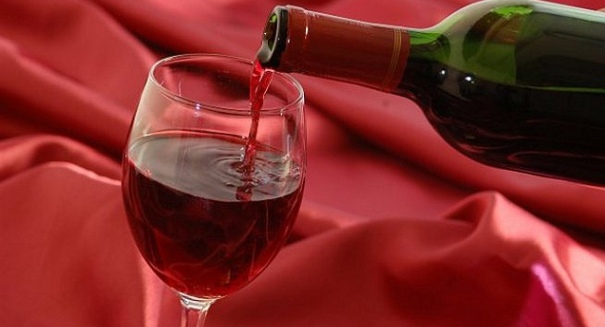
Participants poured approximately 12 percent more wine into a wide glass than a standard one.
Unintentionally pouring more than one glass of wine is actually quite common, new research at Iowa State and Cornell universities reveals. In fact, researchers found that how much one pours is affected by a number of factors and could have somber repercussions when it comes to overconsumption of alcoholic beverages.
Researchers asked the study participants to pour what they thought was a normal drink utilizing various types of glasses in different environments. The findings reveal how easy it is to overpour. For example, participants poured approximately 12 percent more wine into a wide glass than a standard one. The same was observed when holding a glass while pouring versus placing the glass on a table and pouring.
“People have trouble assessing volumes,” said co-author Laura Smarandescu, assistant professor of marketing at Iowa State, in a statement. “They tend to focus more on the vertical than the horizontal measures. That’s why people tend to drink less when they drink from a narrow glass, because they think they’re drinking more.”
Researchers looked at six different environmental cues to learn how each affected the amount of wine poured. They found that the contrast between the glass and the color of the wine also led to a considerable difference. For instance, when pouring white into a clear glass, study participants added nine percent more than adding red into a clear glass.
“If you ask someone how much they drink and they report it in a number of servings, for a self-pour that’s just not telling the whole story. One person’s two is totally different than another person’s two,” said co-author Douglas Walker, an assistant professor of marketing at Iowa State. “Participants in the study were asked to pour the same amount at each setting, but they just couldn’t tell the difference.”
According to researchers, even though study participants could recognize those environmental factors, it does not mean they were aware of how much more wine they were adding to accurately document their alcohol consumption.
Unfortunately, drinking too much wine can have quick and serious consequences. According to Smarandescu, people will often rely on internal indicators, like a full feeling, when eating, but that doesn’t translate to drinking. The study reveals the need to teach people about how to determine a proper serving size of alcohol.
The study’s findings are described in the journal of Substance Use and Misuse.
Leave a Reply